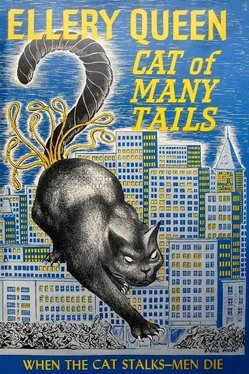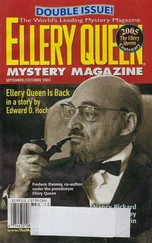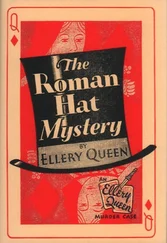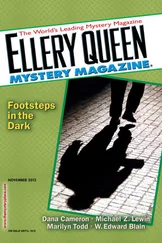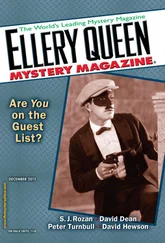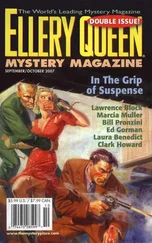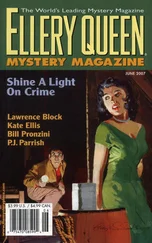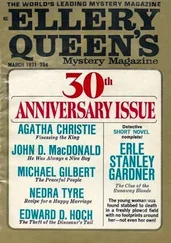The father, Dr. Morvin Katz, officially identified the body.
It was from Dr. Katz that police learned about the girl his son had been out with that evening. She was Nadine Cuttler, 19, of Borough Park, Brooklyn, a student at the New York Art Students’ League. Brooklyn detectives picked her up during the night and she was brought to Manhattan for questioning.
She fainted on viewing the body and it was some time before she could give a coherent story.
Nadine Cuttler said that she had known Donald Katz for almost two years. “We met at a Palestine rally.” They had had “an understanding” for the past year, during which period they had seen each other three or four times a week. “We had practically nothing in common. Donald was interested in science and technology, and I in art. He was politically undeveloped; not even the war taught him anything. We didn’t even agree about Palestine. I don’t know why we fell in love.”
The previous evening, Miss Cuttler stated, Donald Katz had met her at the Art Students’ League after her classes and they had walked down Seventh Avenue from 57th Street, stopping in at Lum Fong’s for a chow mein dinner. “We fought over the check. Donald had juvenile ideas about this being a man’s world, and that women ought to stay home and have babies and smooth their husbands’ brows when the men came home after an important day, and all that sort of thing. He got very angry with me because I pointed out to him it was my turn to pay. Finally, I let him pay the check just to avoid a scene in public.”
Afterward, they had gone dancing in a little Russian night club on 52nd Street, The Yar, across from 21 and Leon and Eddie’s.
“It was a place we liked very much and often went to. They knew us there and we called Maria and Lonya and Tina and the others by their first names. But last night it was crowded and after a while we left. Donald had had four vodkas and didn’t touch any of the zakuska, so when we hit the air he got lightheaded. He wanted to go clubbing, but I said I wasn’t in the mood and instead we strolled back uptown on Fifth Avenue. When we got to Fifth and 59th, Donald wanted to go into the Park. He was feeling very... gay; the drinks hadn’t worn off. But it was so dark in there, and the Cat...”
At this point Nadine Cuttler broke down.
When she was able to continue, the girl said: “I found myself awfully nervous. I don’t know why. We’d often talked about the Cat murders and neither of us ever felt a personal threat, I’m sure of it. We just couldn’t seem to take it seriously, I mean really seriously. Donald used to say the Cat was anti-Semitic because in a City with the biggest Jewish population in the world he hadn’t strangled a single Jew. Then he’d laugh and contradict himself and say the odds were the Cat was Jewish because of that very fact. It was a sort of joke between us which I never thought very funny, but you couldn’t take offense at anything Donald said, not really, he...” She had to be recalled to her story.
“We didn’t go into the Park. We walked crosstown on Central Park South, sticking to the side of the street where the buildings are. On the way Donald seemed to sober up a bit; we talked about the murder of the Petrucchi girl last week and the Cat Riots and the stampede out of the City, and we agreed it was a funny thing but it was usually the older people who lost their heads in a crisis while the young ones, who had most to lose, kept theirs... Then, when we got to Columbus Circle, we had another quarrel.”
Donald had wanted to take her home, “even though we’d had an absolute compact for months that on weeknight dates I’d go back to Brooklyn by myself. I was really exasperated with him. His mother didn’t like him to get in late; it was the only basis on which I allowed myself to see him so often. Why didn’t I let him, why didn’t I let him?”
Nadine Cuttler cried again and Dr. Katz quieted her, saying that she had nothing to condemn herself for, that if it was Donald’s fate to become a victim of the Cat nothing would have changed the result. The girl clung to his hand.
There was little more to her story. She had refused to let the boy accompany her to Brooklyn and she had urged him to hop a cab and go right home, because “he was looking sick and besides I didn’t like the idea of his being alone on the streets in that condition. That made him even madder. He didn’t even... kiss me. The last I saw of him was when I was going down the subway steps. He was standing at the top talking to somebody, I think a taxi driver. That was about 10:30.”
The taxi driver was found. Yes, he remembered the young couple’s tiff. “When the girl sails off down the steps I open my door and say to this kid, ‘Better luck next time, Casanova. Come on, I’ll take you home.’ But he was sore as a boil. ‘You can take your cab and shove it,’ he says to me. ‘I’m walking home.’ And he crossed the Circle and turns into Central Park West. Headed uptown. He was pretty rocky on his pins.”
It seemed clear that Donald Katz had tried to carry out his intention, walking uptown along the west side of Central Park West from Columbus Circle for almost a mile to 77th Street, just four blocks short of his home. There seemed no question but that the Cat had followed him all the way. perhaps had followed the couple all evening, although nothing developed from inquiries made at Lum Fong’s and The Yar, and the taxi driver could not recall having seen anyone acting suspiciously as Donald Katz left him. The Cat had undoubtedly bided his time, waiting for an opportunity to pounce. The opportunity had come at 77th Street. On the steps of the Museum, at the spot where Donald was found, there was a mess of regurgitated matter; some of it was on Donald’s coat. Apparently as he was passing the Museum his intoxication reached the stage of nausea and Donald had sat down on the steps in a dark place and he had been ill.
And the Cat had approached him from the side and got behind him as he sat retching.
He had struggled violently.
Death occurred, said the Medical Examiner, between 11 P.M. and midnight.
No one heard screams or choked cries.
The most thorough examination of the body, the clothing, the strangling cord, and the scene turned up nothing of importance.
“As usual,” said Inspector Queen at the dawn’s early light, “the Cat’s left not a clue.”
But he had.
The fateful fact emerged obliquely during the morning of the 30th in the Katz apartment on West 81st Street.
Detectives were questioning the family, going through the familiar motions of trying to establish a connection between Donald Katz and the persons involved in the previous eight murders.
Present were the boy’s mother and father; their daughter; the daughter’s husband, Philbert Immerson. Mrs. Katz was a lean brown-eyed woman of bitter charm; her face was undressed by weeping. Mrs. Immerson, a chubby young woman without her mother’s mettle, sobbed throughout the interview; Ellery gathered from something Mrs. Immerson said that she had not got along with her young brother. Dr. Katz sat by himself in a corner, as Zachary Richardson had sat on the other side of Central Park three and a half weeks before; he had lost his son, there would be no others. Donald’s brother-in-law, a balding young man with a red mustache, wearing a sharp gray business suit, stood away from the others as if to avoid being noticed. He had freshly shaved; his stout cheeks were perspiring under the talcum.
Ellery was paying little attention to the automatic questions and the surcharged replies; he was dragging himself about these days and it had been a particularly depleting night. Nothing would come of this, he felt sure, as nothing had come of any of the others. A few slight alterations in the pattern — Jewish instead of Christian, seven days since the last one instead of seventeen, or eleven, or six — but the bulk features were the same: the strangling cord of tussah silk, blue for men, salmon-pink for women; the victim unmarried (Rian O’Reilly was still the baffling single exception); the victim listed in the telephone directory — Ellery had checked that immediately, and the ninth victim younger than the eighth who had been younger than the seventh who had been...
Читать дальше
